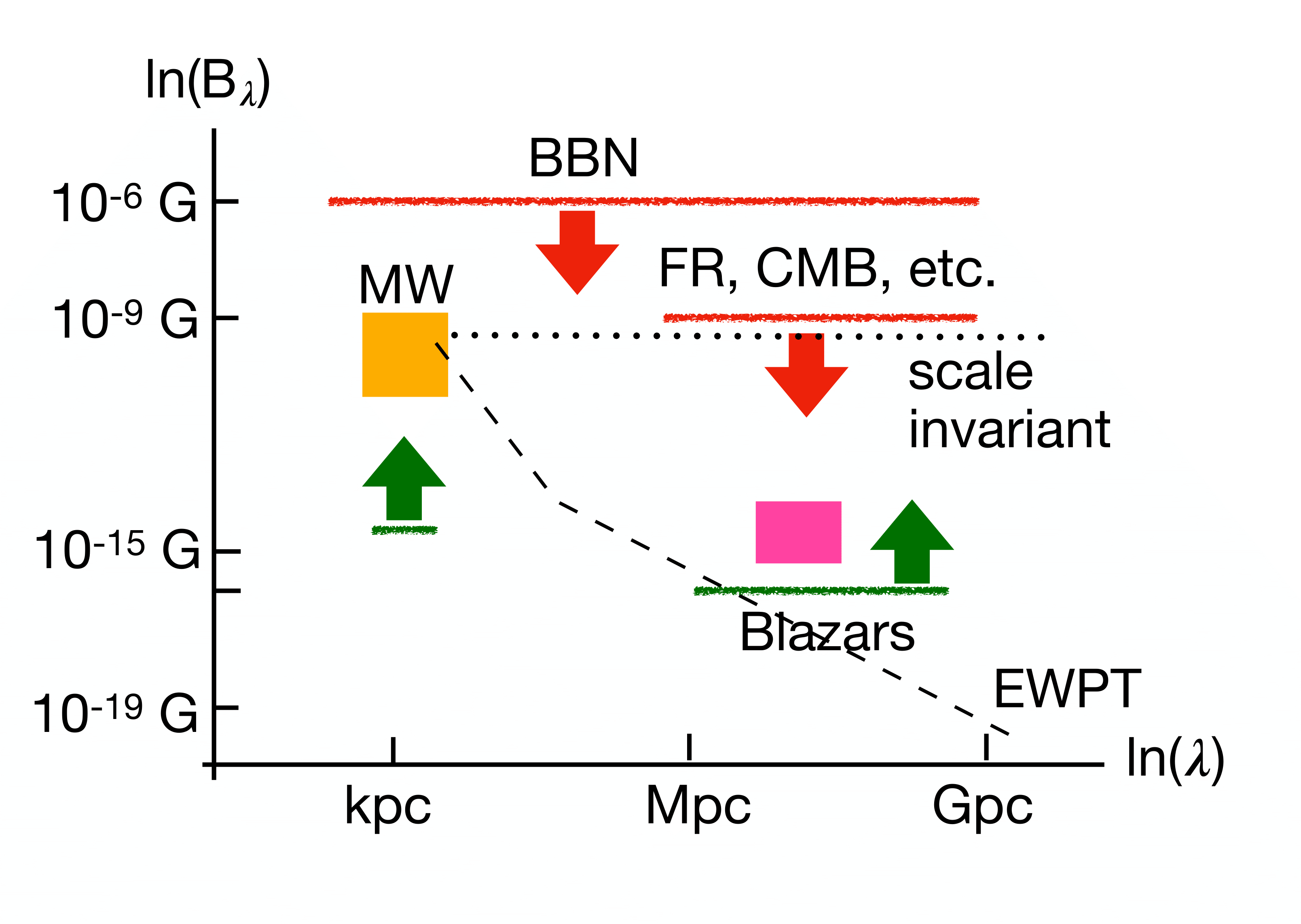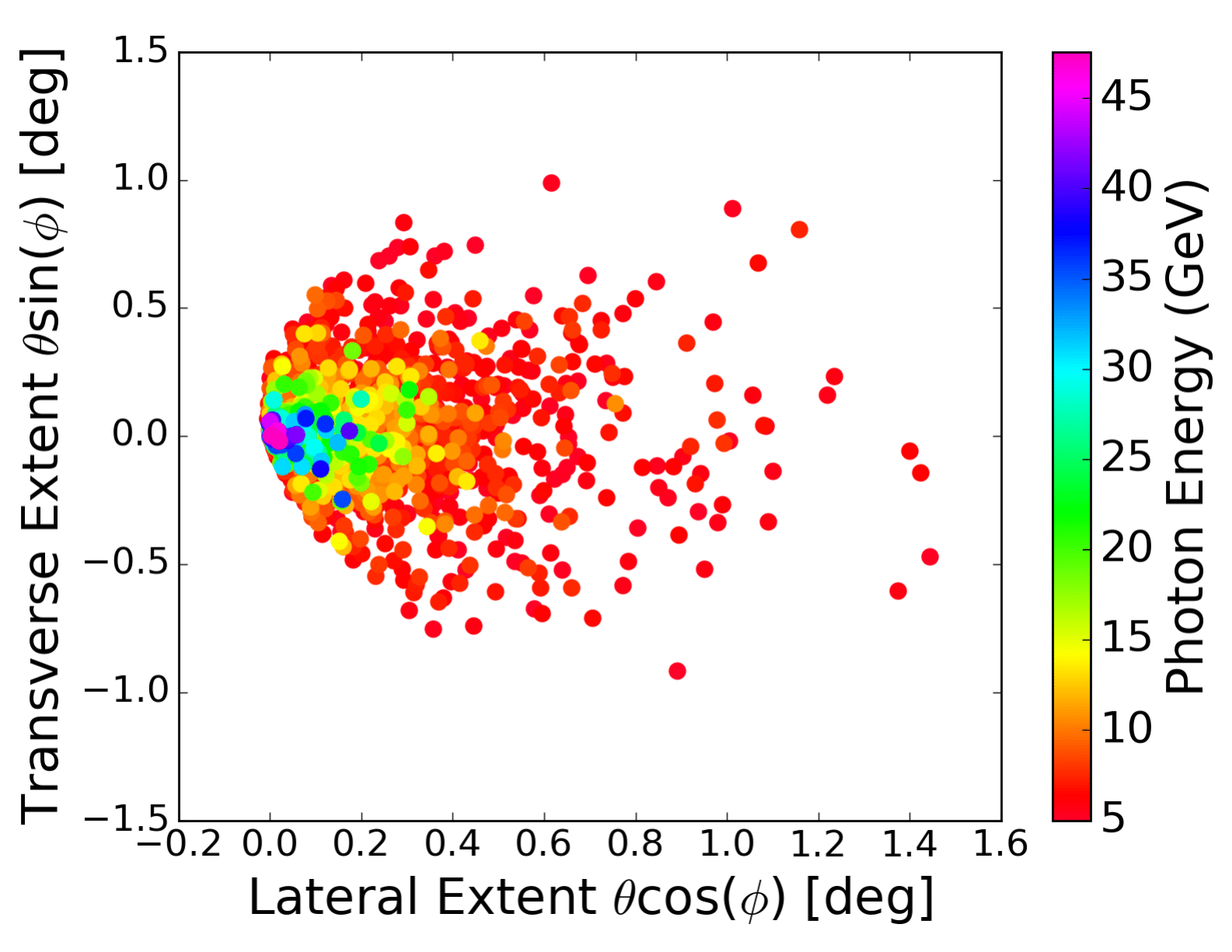ASU researchers predict that the universe has an all-pervasive magnetic field that was produced nano seconds after the big bang. Now there is supporting observational evidence.
Like the Earth, large scale structures in the universe, such as galaxies and clusters of galaxies, are known to have a magnetic field. Such large scale fields can arise if the rotation of galaxies and the turbulent motion within them can amplify a seed magnetic field. The origin of the seed field, however, must date back to processes in the early universe, which implies that the seed field must still exist in empty regions of space where there are no structures.
ASU Professor Tanmay Vachaspati and his collaborators showed that the equations of the standard model of particle physics lead to a universe with a magnetic field. The all-pervasive magnetic field is produced when the universe was a mere nano second old. With cosmological expansion, the magnetic field is stretched and it can become the seed field necessary for the magnetization of galaxies and other structures. A prediction of this theoretical work is that there should be a weak magnetic field even in the space between galaxies, in the so-called “cosmological voids”.
Observations of very high energy gamma rays, with energy that is tens of millions of times larger than X-rays have provided a novel probe of cosmological magnetic fields. These very high energy gamma rays are emitted from jets from black holes in very distant galaxies. However, their energy gets degraded as they propagate to us due to interactions with the cosmological medium. Observatories such as the Fermi-LAT satellite experiment are sensitive to the degraded gamma rays. Surprisingly the degraded gamma rays are not seen. An explanation for the missing gamma rays is that magnetic fields in the voids have deflected particles and diluted the gamma rays coming to us to unobservable levels, providing tentative evidence for an all-pervasive magnetic field.

